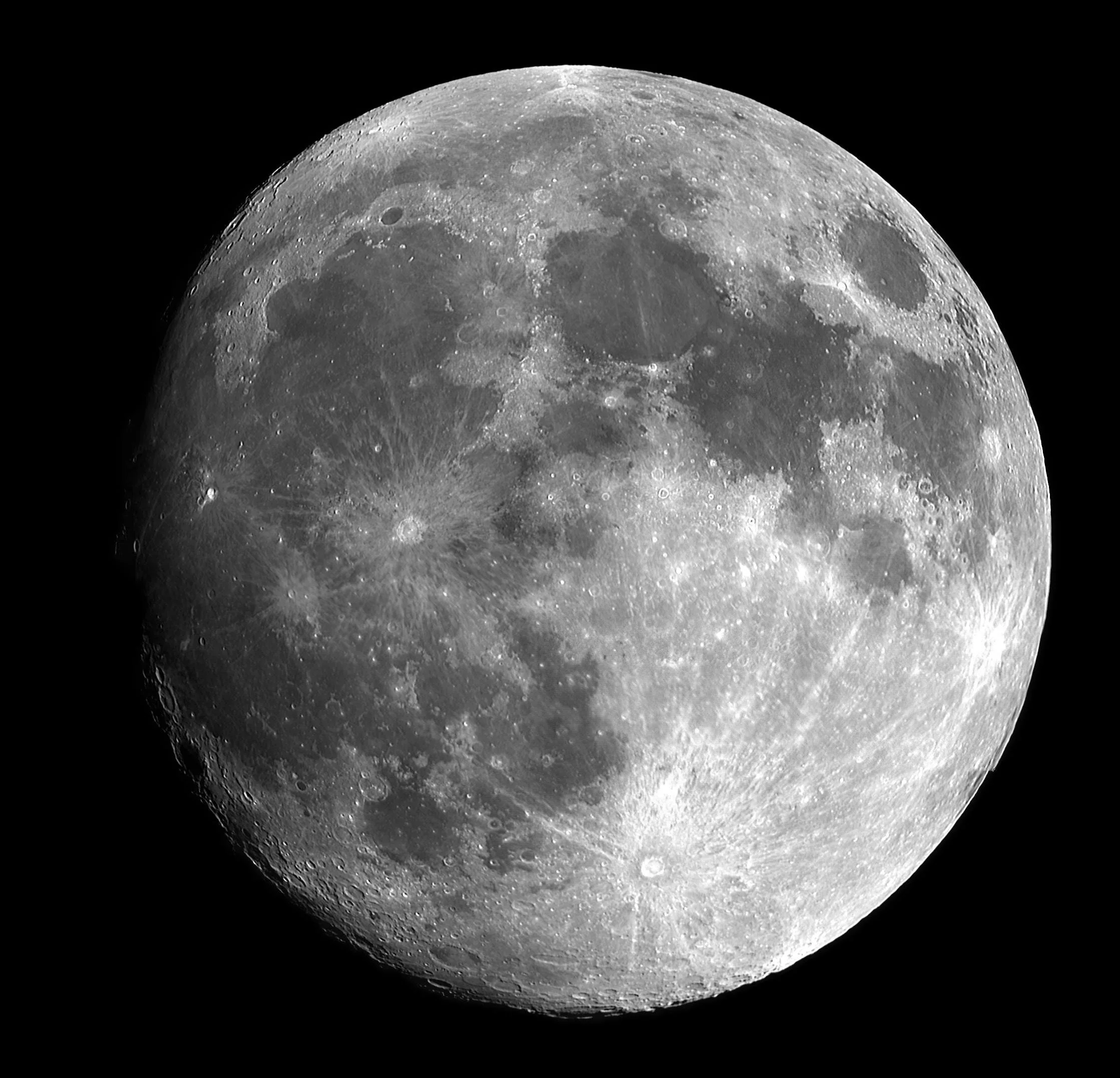Table of Contents:
- Introduction
- When Can You Witness the Beaver Moon?
- The Intriguing Origin of the Beaver Moon Name
- Where to Catch a Glimpse of the Beaver Moon
- FAQs About the Beaver Moon
- Why is it called the Beaver Moon?
- Where can you see it?
- Conclusion: Embrace the Celestial Beauty
1. Introduction
In a celestial ballet, the full moon takes center stage, casting its radiant glow across the skies of Britain. This celestial dance, known as the beaver moon, graces our presence as the last full moon before the much-anticipated Christmas festivities.
2. When Can You Witness the Beaver Moon?
The ethereal beauty of the beaver moon reached its peak at 9:16 am on November 27th, marking a significant celestial event. However, its luminosity continues to captivate observers, as it will appear in its full splendor on Monday night. As the sun sets at 3:59 pm, the beaver moon emerges, painting the night sky with its mesmerizing radiance.
Dr. Darren Baskill, an esteemed astronomer and lecturer at the University of Sussex, emphasizes the moon’s allure. He notes that a second opportunity to admire the beaver moon arises when it graces the northeastern horizon, casting a celestial glow just before 4 pm in the UK.
“Full moons always occur when the moon is on the opposite side of the sky to the sun, fully illuminated by sunshine – which is where the name ‘full moon’ originates,” Dr. Baskill explains, unraveling the enchanting science behind this celestial spectacle.
3. The Intriguing Origin of the Beaver Moon Name
The cosmos, a tapestry of celestial wonders, bestows captivating names upon its lunar phenomena. The beaver moon, like its celestial companions, owes its name to the rich tapestry of cultural lore. The Old Farmer’s Almanac, a venerable tome of wisdom dating back to the 1930s, weaves a tale of names for each lunar cycle, from flower moon to cold moon.
The beaver moon, earmarked for November, is said to draw inspiration from the Algonquian languages once spoken by Native Americans in New England. However, as with any celestial mystery, there exists a degree of dispute over the moon’s name. Royal Museums Greenwich sheds light on the controversy, revealing that some attribute the name to Native Americans setting beaver traps during this month, while others suggest it stems from the industrious activity of beavers constructing their winter dams.
4. Where to Catch a Glimpse of the Beaver Moon
Eager gazes turn toward the northeastern expanse of the sky, where the beaver moon unveils its splendor. From 3:59 pm on Monday, weather permitting, this celestial marvel will paint the heavens with its luminous brushstrokes, inviting all who cast their eyes skyward to partake in its celestial dance.
5. FAQs About the Beaver Moon
Why is it called the Beaver Moon?
The beaver moon earns its name from the rich tapestry of cultural lore woven over the years. According to the Old Farmer’s Almanac, the name draws inspiration from Algonquian languages spoken by Native Americans in New England. However, a dispute persists, with some attributing it to beaver trapping activities and others to the industrious dam-building endeavors of beavers.
Where can you see it?
The beaver moon will grace the skies across the UK, casting its luminous glow from the northeastern horizon. Weather permitting, observers can revel in its beauty from 3:59 pm on Monday.
6. Conclusion: Embrace the Celestial Beauty
As the beaver moon graces Britain’s skies, it invites us to pause and marvel at the wonders of the cosmos. In its luminous glow, we find a connection to the celestial dance that has captivated humanity for eons. Whether you are an avid stargazer or a casual observer, take a moment to bask in the enchantment of the beaver moon, a celestial masterpiece painting the night sky with its ethereal brilliance.
